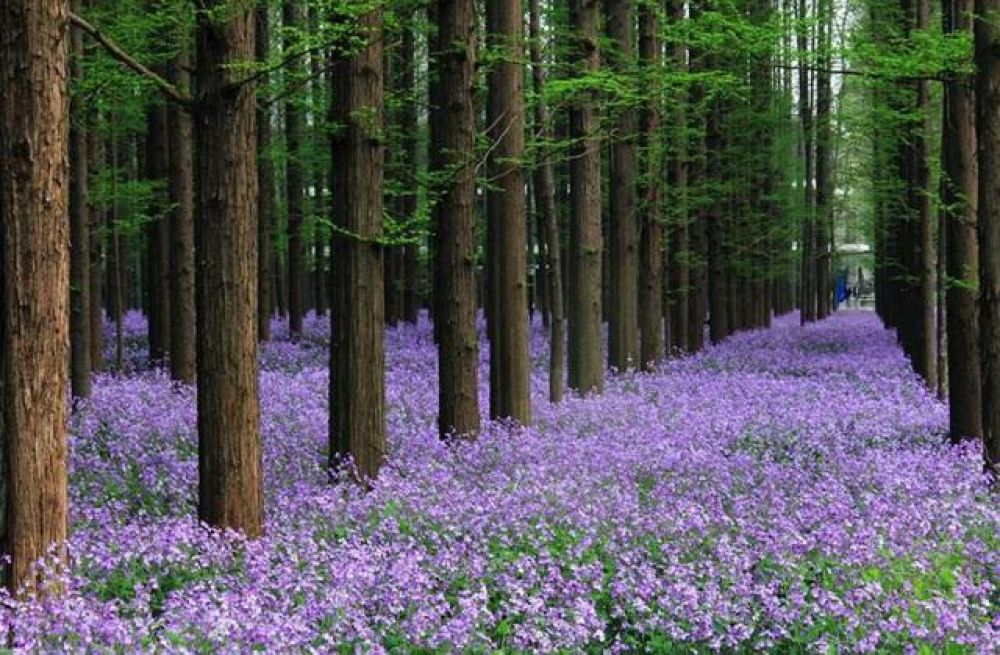

Located on the eastern outskirts of Nanjing City, Purple Mountain is renowned for its cultural and historic significance as well as its natural beauty. Known as Zijin Shan in Chinese, meaning "Purple-Gold Mountain", it has been a destination of immense popularity among tourists and scholars for centuries.
The history of tourism at Purple Mountain can be traced back to as early as the Three Kingdoms period (220-280 AD), where it served as an imperial garden and hunting grounds. The Ming Xiaoling Mausoleum, built in the late 14th century for the first Ming Dynasty Emperor Zhu Yuanzhang, further increased the area's attractiveness to visitors. Over time, it became a site of pilgrimage due to its rich collection of historic and cultural landmarks.
In the 19th and early 20th centuries, Purple Mountain emerged as a key site for Sun Yat-sen's nationalist movement. The establishment of the Sun Yat-sen Mausoleum in the early 20th century, commemorating the founding father of the Republic of China, turned the area into a symbol of modern Chinese history and attracted even more visitors.
As China opened up to the world post-1978, following the economic reforms, tourism on Purple Mountain gained new momentum. The area's development as a tourist destination was prioritized, leading to improved infrastructure, conservation efforts, and the promotion of cultural heritage.
In recent years, Purple Mountain has embraced a variety of tourism trends. Here are some highlights:
Moreover, the government has been investing in maintaining and restoring the historic sites on Purple Mountain, preserving its legacy while ensuring a high-quality experience for the future generations of tourists.
Purple Mountain is home to several UNESCO World Heritage Sites and other noteworthy attractions:
Events like the annual International Plum Blossom Festival also draw crowds, with the mountain's slopes blanketed in the delicate flowers typically around February to March.
Welcome to Purple Mountain—where history, culture, and nature intertwine to create a unique and unforgettable tourist experience. As both an ancient and modern landmark, Zijin Shan stands as a proud testament to China's heritage and its commitment to the burgeoning realm of tourism.